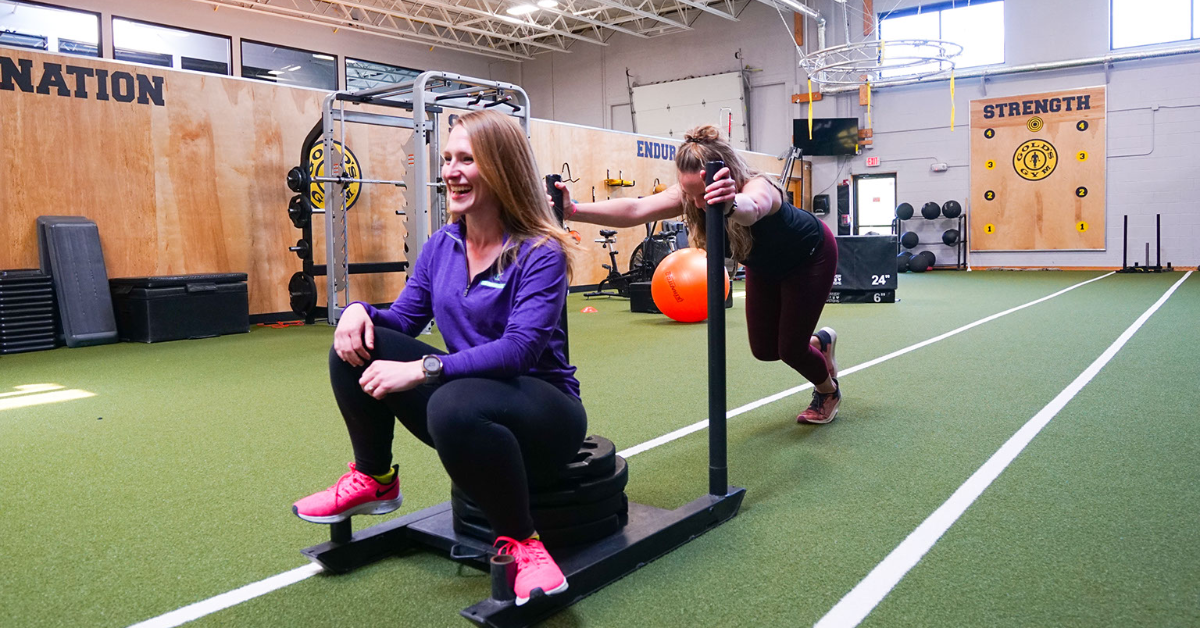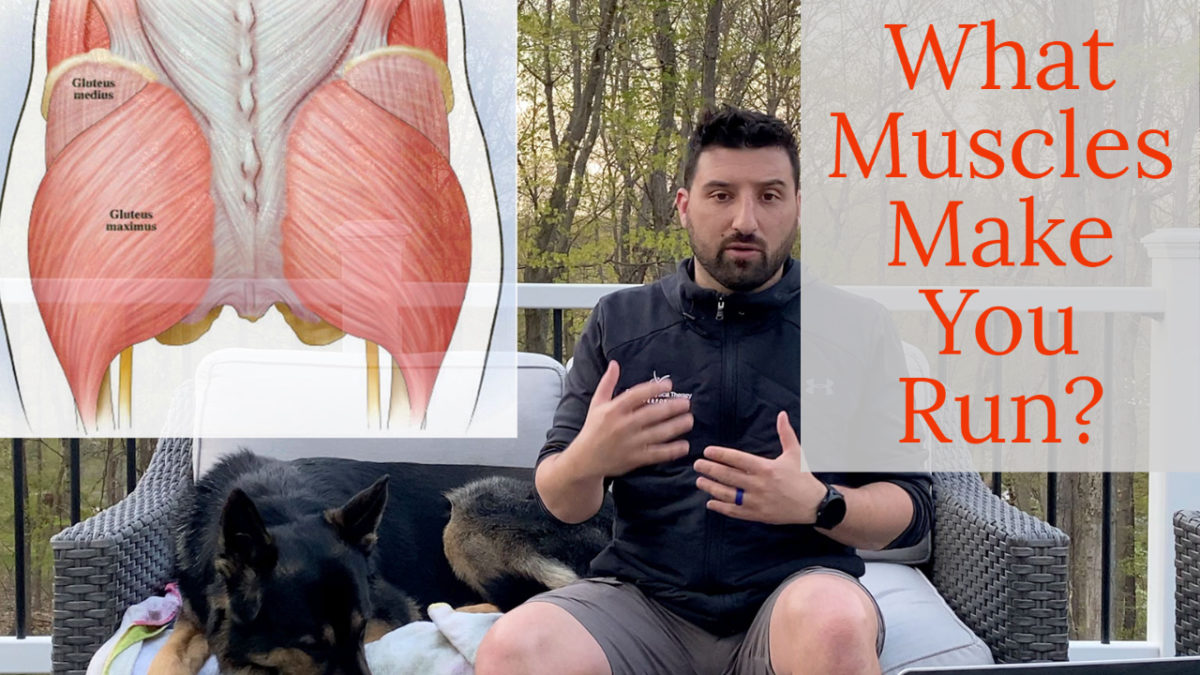
Should Female Athletes Use Birth Control?
May 17, 2021
How To Decrease Your Injury Risk
May 30, 2021What Muscles Work Most when You Are Running?
If you want to run, you need to strength train also. Period. End stop.
Typically people think of fitness as a three-pronged approach:
- Training for the sport
- Nutrition
- Sleeping/Recovery
That’s an excellent start, but at some point, people begin to realize they get injured a lot more than they did when they were younger. There’s a damn good reason for that, and it’s not some arbitrary age where “things go downhill.” There’s an actual age (around your mid-thirties) where your body goes through physiologic changes. Your connective tissues (muscles and tendons) require a lot more attention than when you were young and sprightly.
Therefore, that three-pronged approach gets a fourth member of the team. Strength training joins the ranks.
When it comes to running, strength training is a must. You’ve heard us say that for years now. Running is a game of economy, and you can only be economical if your body has the capacity to deal with the demands of running. That means, your muscles and tendons have to be able to withstand the forces of running without breaking down faster than you can recover.
So what are the demands of running? Let’s check that out.
Smart people (yes there are others out there, not just us 😉) have figured out which muscle groups produce the most amount of work during regular steady-state running (SSR). We know that running can exert up to 8-10x your bodyweight depending on the speed and terrain. But let’s just take a look at muscle force in relation to body-weight (BW) during a typical run.
The glutes are typically recognized as the glute max and the glute med. The glute max is our big booty muscle, responsible for hip extension and propelling us forward. The glute medius is very important for stabilizing the hip and pelvis.
Hamstrings will bend the knee and assist in some propulsion but also slowing the leg down before your foot hits the ground. The quadriceps will straighten your knee during push-off/propulsion and also control the knee bending when your foot hits the ground.
Your lower leg calf muscles are broken down into two muscles: the gastroc and the soleus. Both muscles will help propulsion forward by pointing your foot down into the ground and accepting your body weight during certain types of running. However, the gastroc is most active when the knee straightens. Therefore the soleus is more active than the gastroc during steady-state running because your knee is rarely completely straight during SSR.
So without further adieu, how much force do those muscles produce? Starting at the top:
– Glute Max: 1.5 – 2.8x BW
– Glute Med: 2.6 – 3.5x BW
– Hamstrings: 2.1 – 9x BW
– Quadriceps: 4 – 6x BW
– Gastroc: 2.5 – 3x BW
– Soleus: 6.5 – 8x BW
Looking at that list might be a bit surprising. The glutes and the quads are the biggest and more powerful muscles in the lower body, right? That might be true for certain movements, but the soleus seems to take the title for the lion’s share of the work when it comes to running.
Not surprisingly, our advice is to hit the weights, and don’t neglect the lower leg. Squats, lunges, deadlifts…all great options and conventional movements that runners will program in. But the calf muscles need some TLC also. Calf raises, both bent knee and straight knee, hopping, jumping, etc. are all must-do’s for the running.
Despite us having an aversion to strength training, we assure you it’s necessary. Check out our social media pages for exercise options.
Happy Training!





